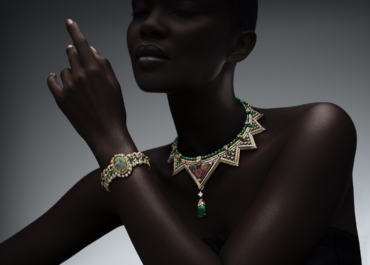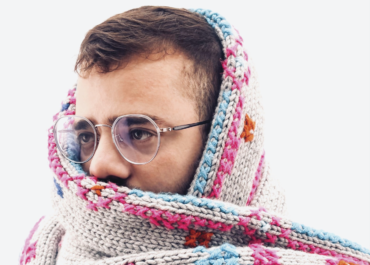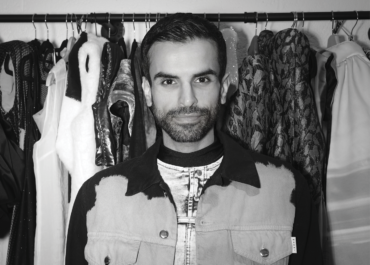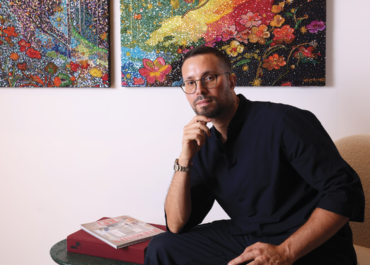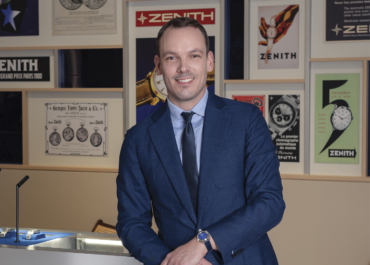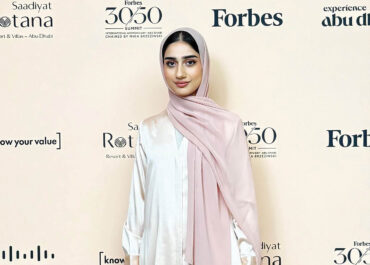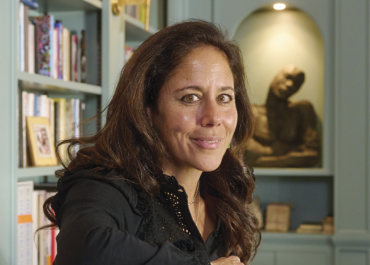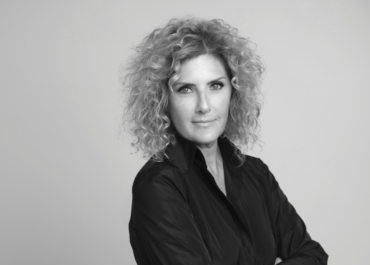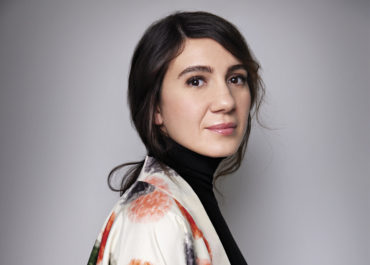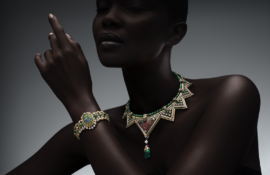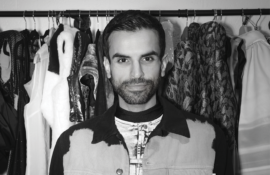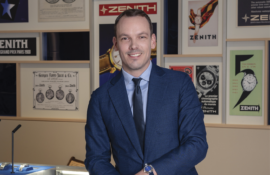Palestinian designer Ayham Hassan represents a new generation of creatives using fashion as a language of identity, resilience, and reform. Based between London and Ramallah, he has been shortlisted for the Franca Sozzani Debut Talent Award at the 2025 Fashion Trust Arabia Awards, set to take place this November. His nomination highlights a growing global recognition of Arab designers who challenge cultural narratives through craft and concept.
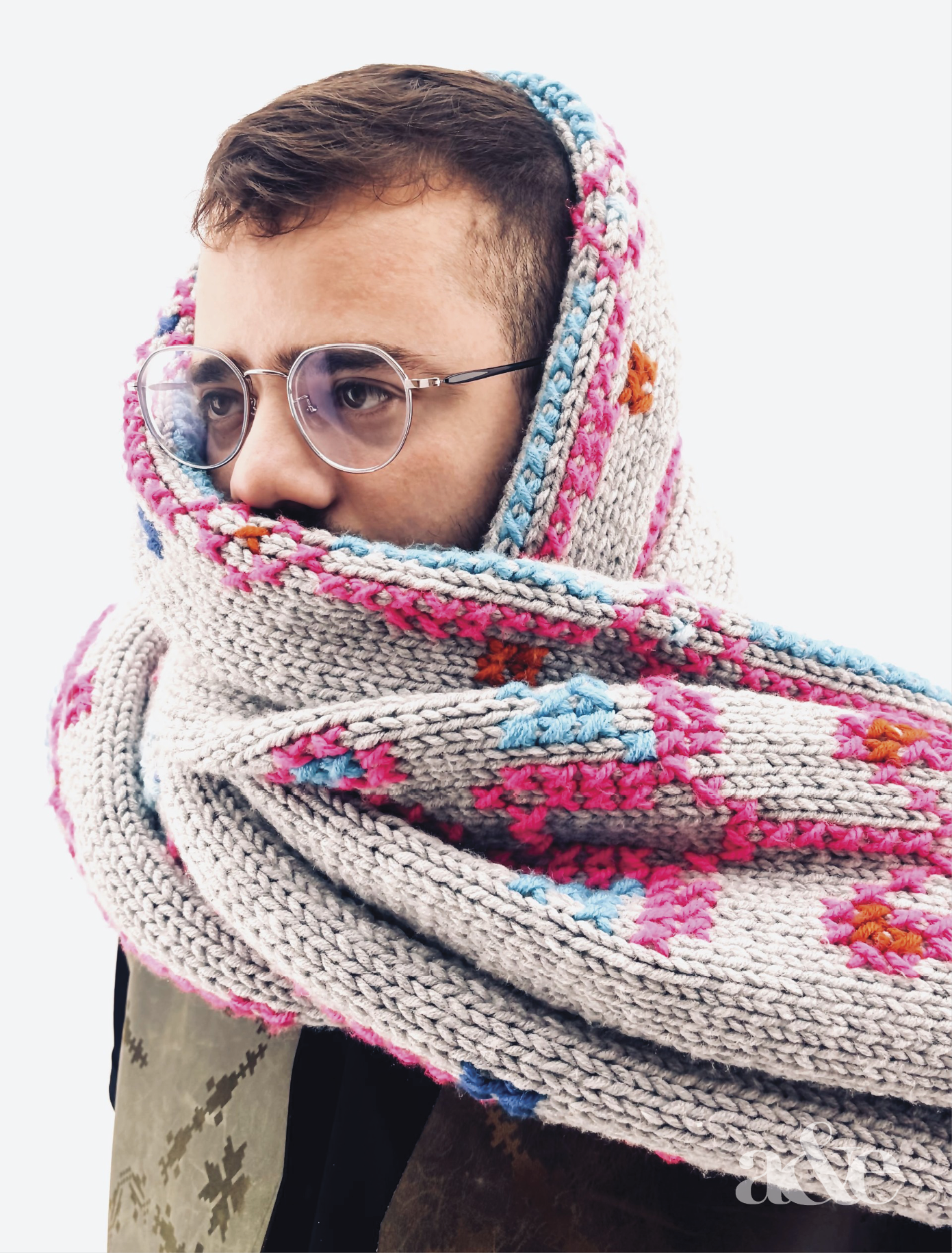
A graduate of the London College of Fashion, Hassan’s work is anchored in the experience of growing up in the West Bank, where creativity and survival often coexist. His designs merge storytelling with social reflection, exploring how fashion can become both a form of expression and protection. With a focus on tailoring, textiles, and draping, he draws on the deep craft traditions of Palestine, reinterpreting them with contemporary precision.
Through collaborations with local artisans, Hassan works to preserve and evolve traditional techniques within a modern framework. His aesthetic is defined by a grounded, tactile sensibility that reflects the physical and emotional landscape of his homeland. Raw textures, sculptural silhouettes, and earthy tones come together to form garments that embody endurance and transformation.
As he prepares to present his vision at the upcoming FTA Awards, Ayham Hassan continues to build a practice that bridges tradition and innovation. Here we find out more.
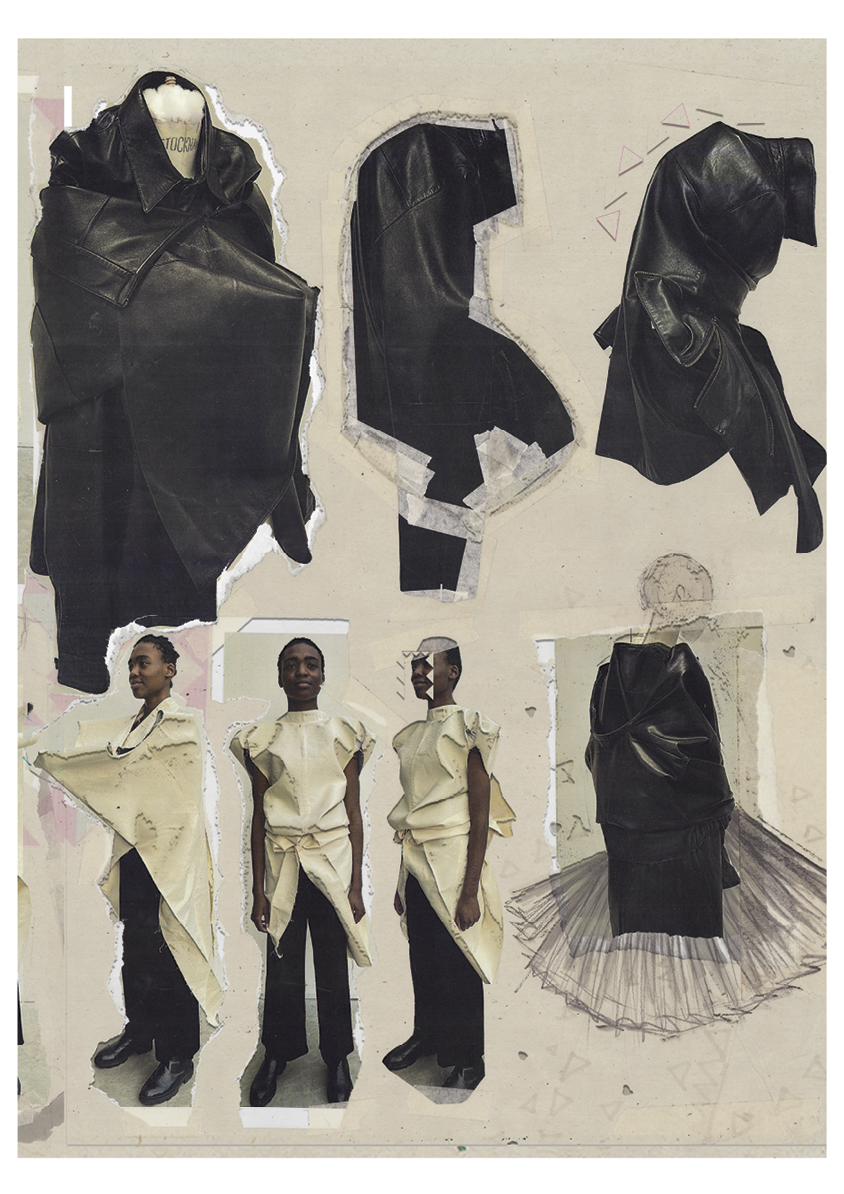
Congratulations on being shortlisted for the Franca Sozzani Debut Talent Award. How does it feel to have your collection recognised on such a prestigious international platform?
Thank you so much. It honestly feels surreal to be shortlisted for the Franca Sozzani Debut Talent Award. To have my collection recognised on such an international stage is incredibly meaningful. This project was very personal to me, and to see it resonate with others in this way is both humbling and energising. Franca Sozzani’s legacy represents creativity with purpose, and being connected to an award that celebrates emerging voices in that spirit feels truly special. I’m deeply grateful for this recognition and the opportunity to share my work with a wider audience. How does your heritage inspire you, and what does it mean to you to represent your country on an international platform? My heritage is at the heart of everything I create. It shapes the way I see beauty, detail, and storytelling. It’s woven into the textures, colours, and emotions behind each piece. Growing up surrounded by the richness of my culture has given me a deep appreciation for craftsmanship and a desire to reinterpret tradition through a contemporary lens. Representing my country on an international platform is an incredible honour. It’s more than just personal recognition, especially being a Palestinian from the West Bank, it’s a chance to share our creative identity with the world, to show the depth, innovation, and spirit that define where I come from. I carry that pride with me in every collection, hoping to inspire others and open more doors for emerging talent from my region.
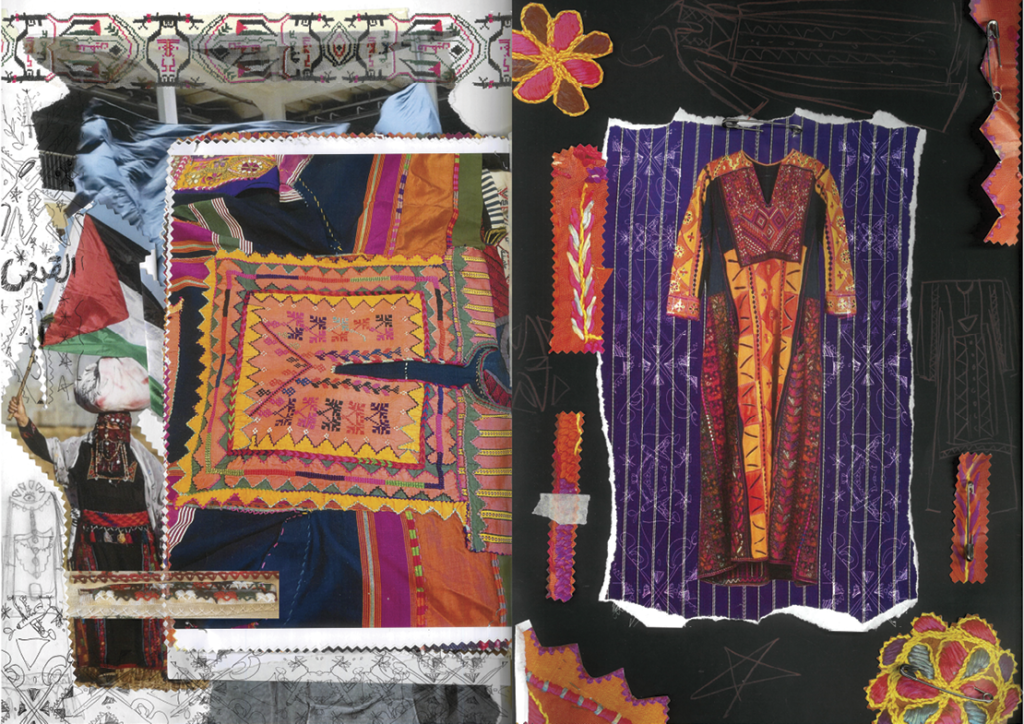
What story does your debut collection tell — and how does it reflect your identity as both a designer and an emerging voice in regional fashion?
IM-Mortal Magenta: the colour that doesn’t exist is both a personal and political reflection — a meditation on survival, loss, and the act of remembrance. The collection was born from the experience of growing up under occupation in Palestine, where life itself exists in contradiction, between despair and defiance, erasure and endurance, mortality and immortality. Magenta, a colour that technically doesn’t exist in the spectrum, became a symbol for that in-between state, the tension between presence and absence, between what is destroyed and what refuses to disappear. Through this collection, I reclaim narrative and space, honouring those erased while asserting continuity through craft, memory, and creation. Drawing from Gaza’s historic textile and dress traditions, I used print, embroidery, leatherwork, laser engraving, and knit to translate that tension into form. Every stitch, every surface, carries the weight of loss but also the persistence of beauty and humanity. IM-Mortal Magenta is not just about fashion, it’s about resistance, remembrance, and the eternal pulse of a people who continue to exist, even when told they do not.
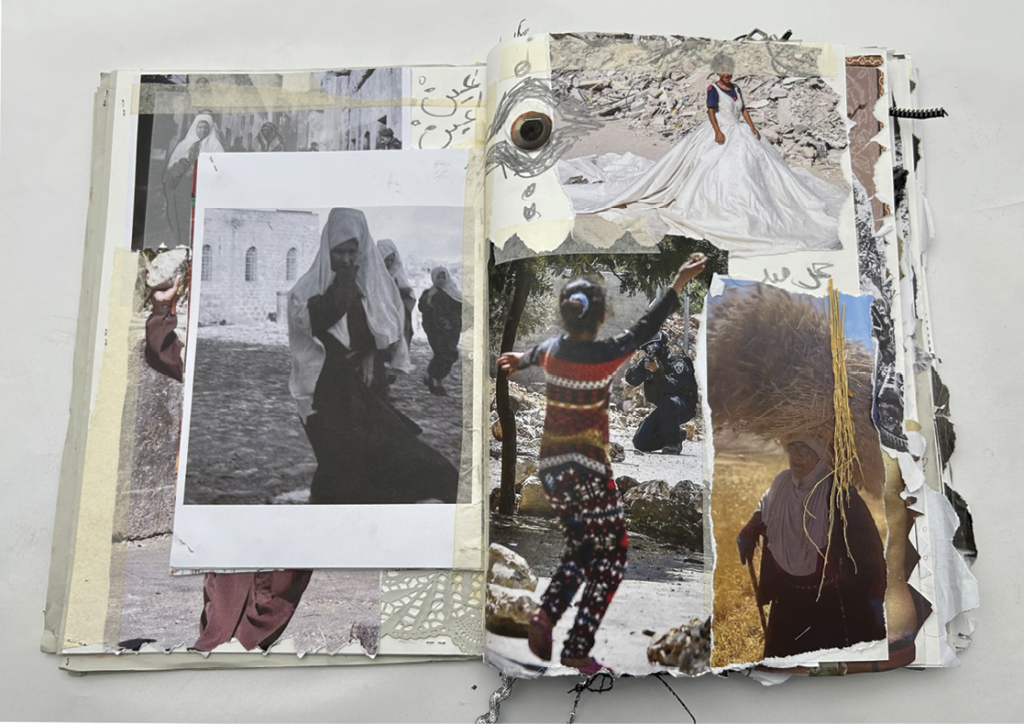
Tell us about your creative process.
My work is deeply rooted in my personal experiences growing up in the West Bank and is approached through a critical and analytical lens. Fashion, for me, is a means of challenging and reshaping my reality, a language through which I process identity, displacement, and resistance. I draw inspiration from the social customs and evolving culture of my city, exploring the rich craftsmanship of Palestine, with a particular focus on tailoring, textiles, and draping. Collaborating with local artisans is central to my practice; it allows me to preserve traditional techniques while reimagining them within a contemporary context. Through these collaborations, I aim to sustain and celebrate Palestinian craft, ensuring that these invaluable skills continue to evolve in a fast-changing world. My design process is fluid and ever-evolving, a space of experimentation, reflection, and discovery. Being an international student has widened my perspective, allowing me to see my culture from afar and understand its nuances more deeply.
I’m driven by the desire to innovate with what’s around me, to transform limitation into possibility, and to craft work that tells stories of resilience and healing. The aesthetic of my work is raw, visceral, and grounded, shaped by the physical and emotional landscape of growing up under military occupation. For me, fashion is not only a form of self-expression but also a form of protection, a way to reclaim space, dignity, and identity in the face of oppression. Ultimately, I believe in the transformative power of design as a force for change. Through my work, I seek to provoke dialogue and self-reflection within Arab and Palestinian societies, while advancing sustainable and independent design practices in the region. By building upon tradition and infusing it with innovation, I hope to bring Palestinian identity into global consciousness — not as a symbol of war, but as a source of creativity, resilience, and profound beauty.
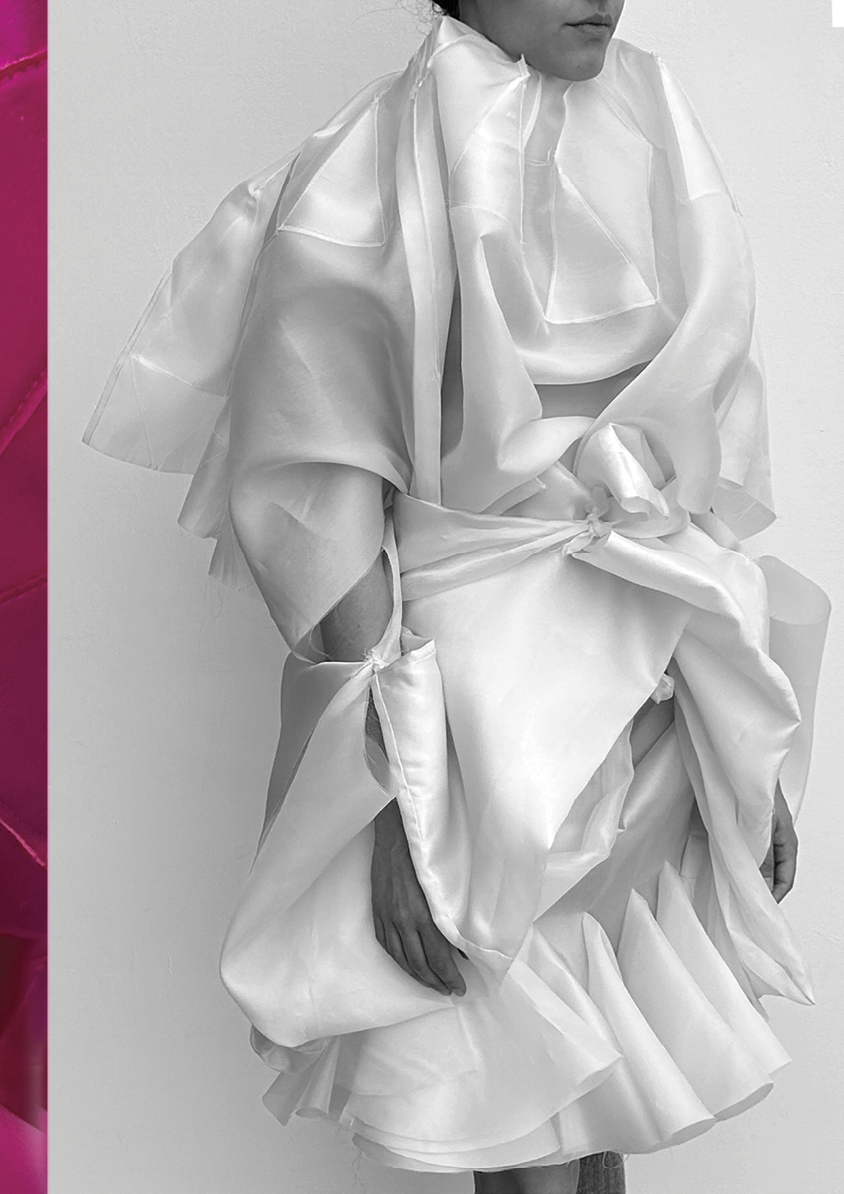
Architecture and fashion often share a dialogue of structure, form, and proportion. How do elements of design and spatial composition influence your approach to creating garments?
Architecture and fashion are deeply intertwined in my creative approach, as both disciplines explore structure, form, and the relationship between space and the human body. I consider garments as inhabitable spaces, where drape, volume, and silhouette create a dialogue similar to architectural design, defining movement, presence, and proportion. The balance between tension and release, rigidity and fluidity, plays a central role in how I construct pieces, whether through tailoring, layering, or the manipulation of textiles. I am particularly inspired and analytical by the spatial composition of traditional Palestinian architecture and how the military occupation restricted the natural Landscape, where every line, curve, and proportion carries cultural and historical meaning. Translating this into fashion, I treat garments as three-dimensional structures that both protect and empower the wearer, while reflecting the narratives and heritage embedded in my surroundings. By viewing clothing through an architectural lens, I can explore innovative forms that honour craftsmanship while challenging conventional perceptions of space, movement, and identity in design.
As someone at the beginning of your journey, what materials, shapes, or techniques are you most drawn to exploring?
At this stage of my journey, I am drawn to materials that carry both history and narrative — natural fibres, traditional textiles, and hand-crafted elements that connect me to Palestinian heritage. I am particularly interested in exploring textures that respond to touch and movement, from intricate embroidery and leatherwork to layered knits and laser-cut detailing. In terms of shapes, I am fascinated by forms that balance structure and fluidity, creating a tension between architectural precision and organic movement. Draping, tailoring, and three-dimensional construction allow me to experiment with how garments inhabit the body and interact with space. Techniques that merge tradition with innovation are central to my exploration, hand and machine embroidery, weaving, laser engraving, and modular design all offer ways to honour craft while pushing boundaries. Ultimately, I am motivated by the potential of these materials, shapes, and techniques to tell stories of memory, resilience, and identity through fashion. and currently I’m obsessed with silk chiffon fabrics!
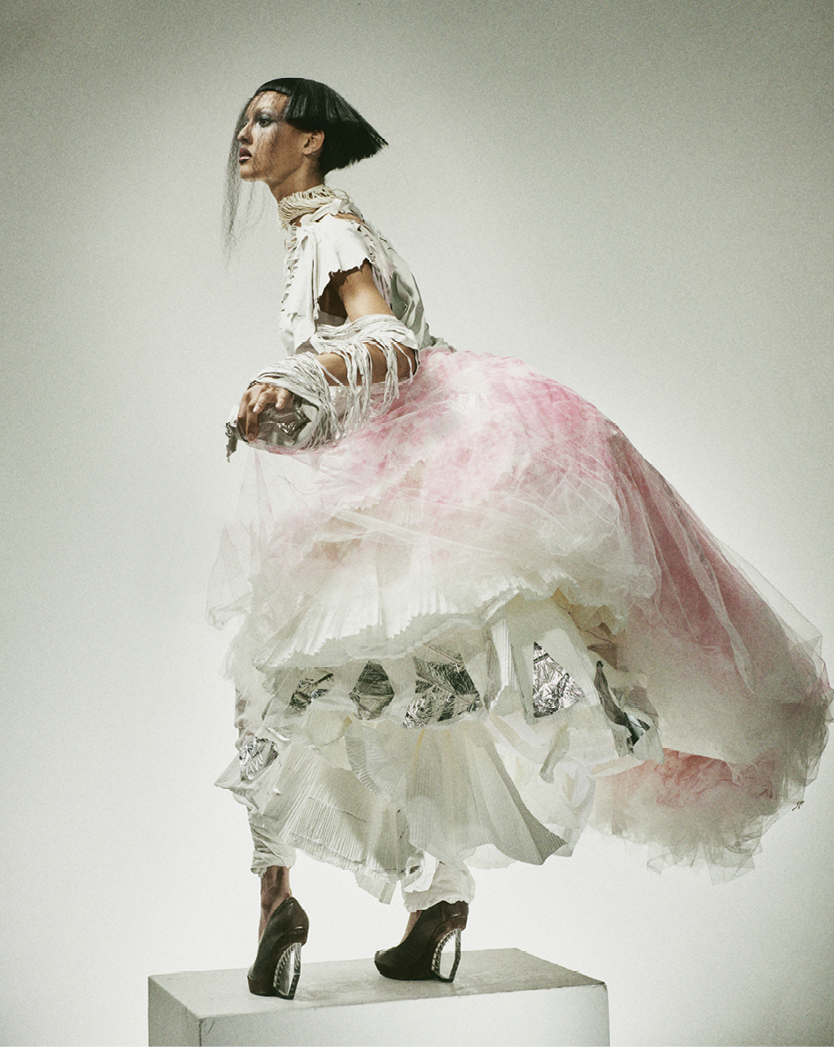
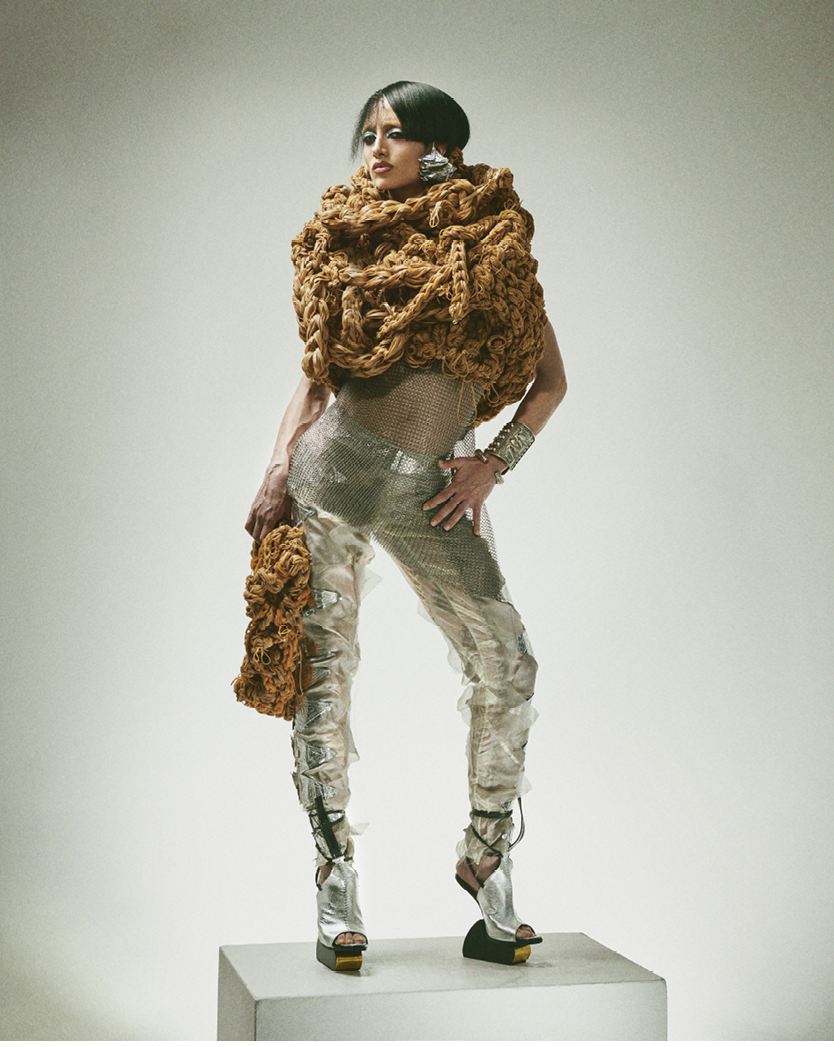
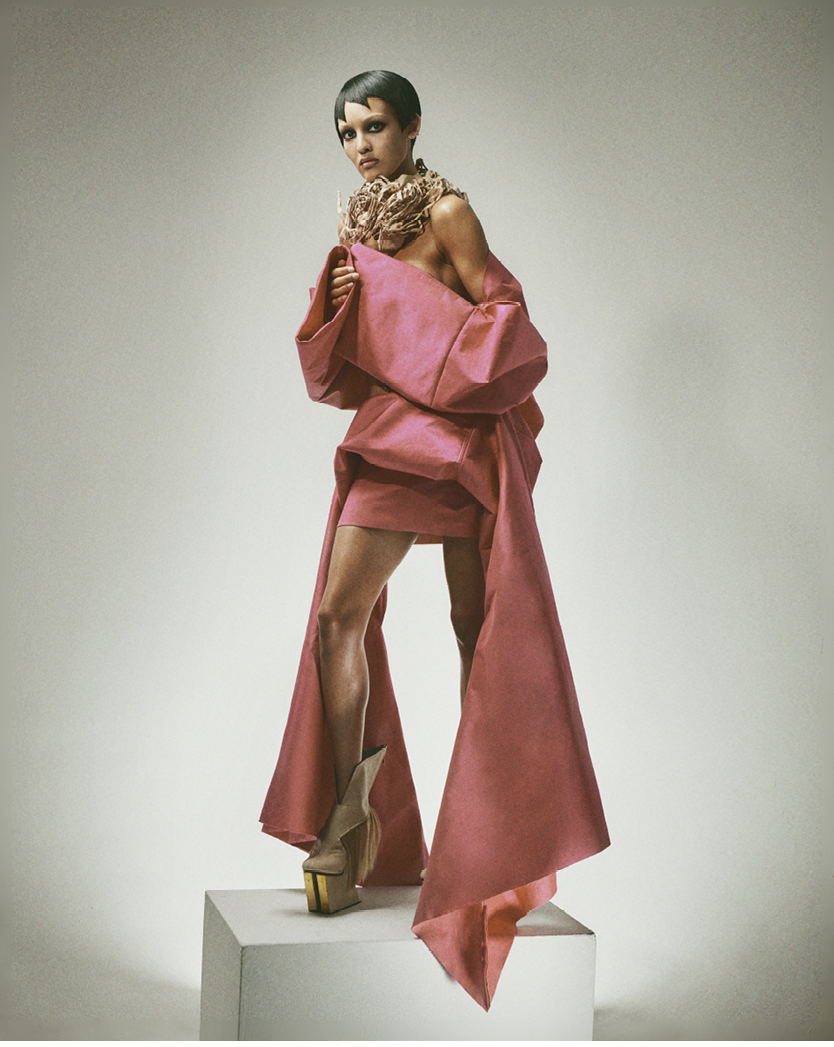
Franca Sozzani was celebrated for championing new voices and socially conscious creativity. How do you see your work aligning with that legacy?
Franca Sozzani’s legacy has always been about giving space to voices that challenge the status quo and bring social consciousness to the forefront of fashion. My work aligns with that ethos by using fashion as a medium to confront and reflect on lived realities — from personal and cultural identity to the broader social and cultural context of Palestine. Through my collections, I aim to tell stories of resilience, heritage, and remembrance, while integrating traditional craftsmanship with contemporary design. Like Sozzani, I see fashion as a tool for dialogue and change, a way to amplify underrepresented narratives and provoke reflection. Being recognised on a platform that celebrates creativity with purpose inspires me to continue pushing boundaries, honouring my roots, and using design to make meaningful cultural and social statements.
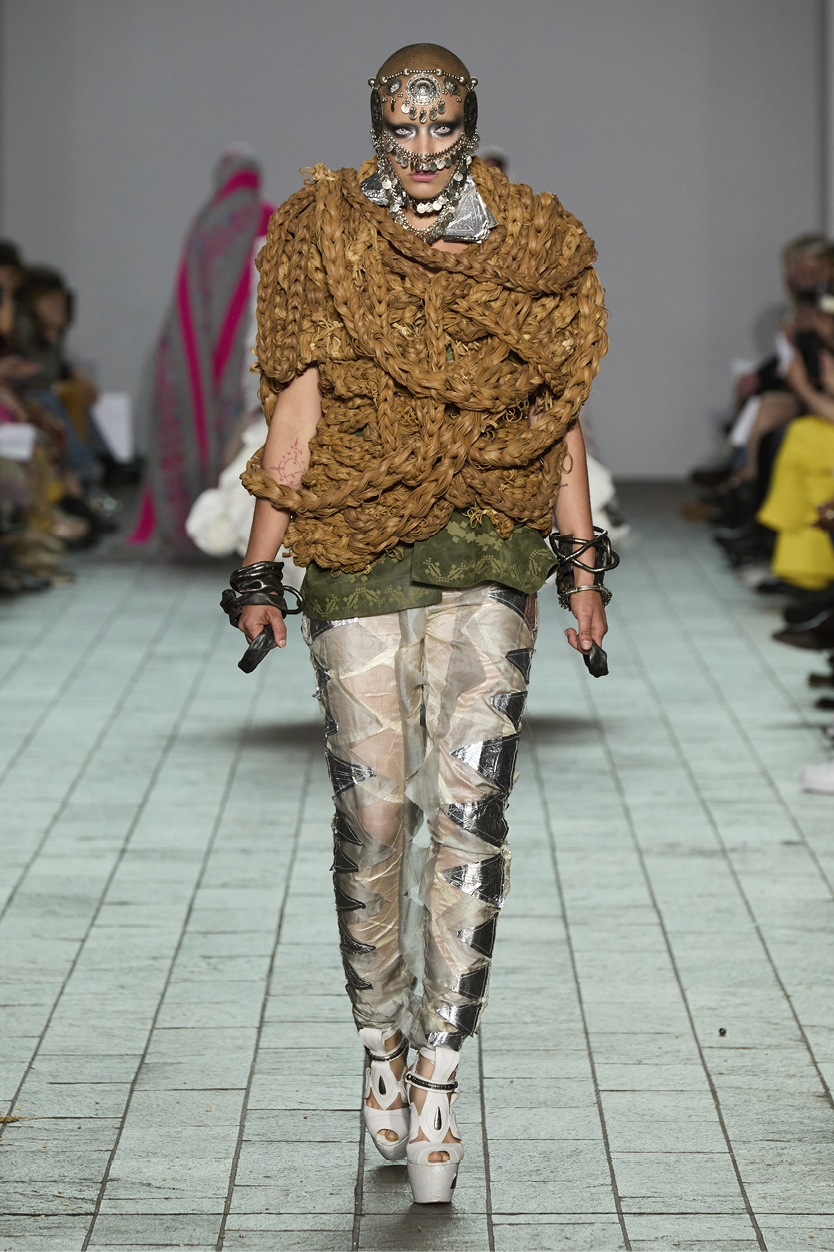
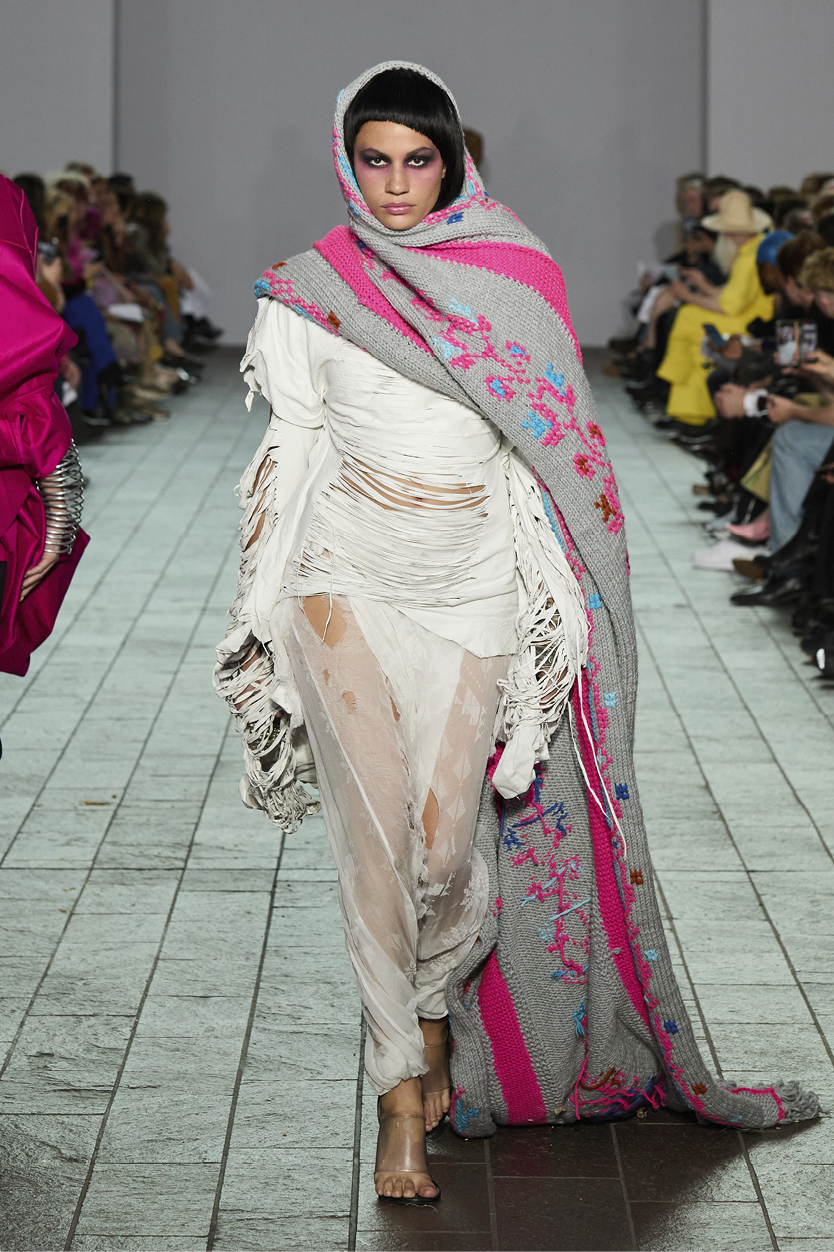
What is the vision for your brand looking forward?
Looking ahead, my vision for the brand is to continue bridging tradition and innovation, creating collections that honour Palestinian heritage while engaging a global audience. I aim to expand the integration of local artisans and traditional techniques into contemporary fashion, supporting craft preservation and sustainable production in the region. At the same time, I want the brand to serve as a platform for storytelling — sharing narratives of resilience, identity, and cultural pride — while pushing creative boundaries in materials, form, and technique. Ultimately, my goal is to establish a design practice that is internationally recognised, socially conscious, and deeply rooted in the values and traditions that shaped my perspective, inspiring dialogue and meaningful change through fashion.
By Lindsay Judge


